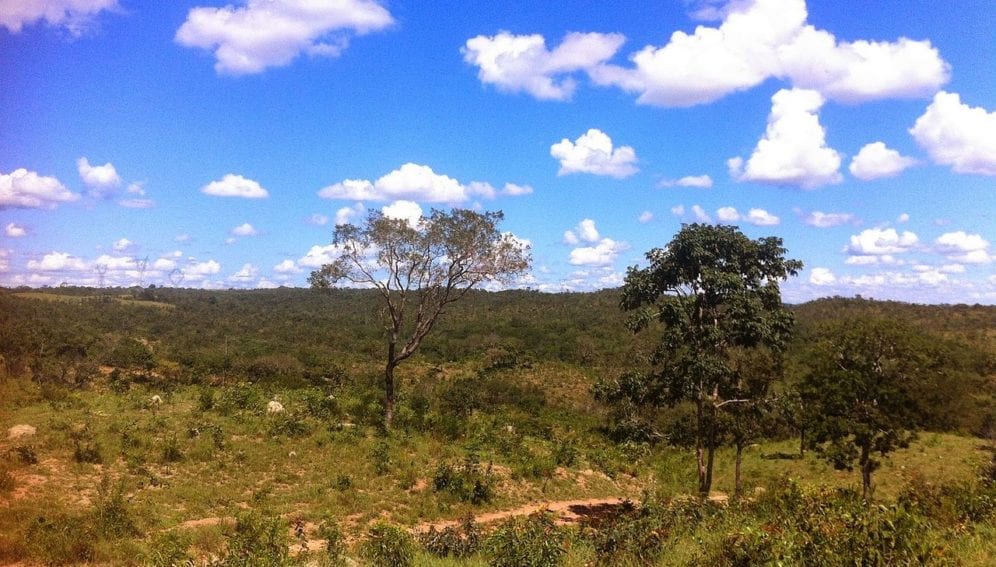Send to a friend
The details you provide on this page will not be used to send unsolicited email, and will not be sold to a 3rd party. See privacy policy.
[SÃO PAULO] Policies that prevent fires caused by people in El Cerrado (the Brazilian savannah) lead to biodiversity losses because they promote the expansion of forests with dense vegetation.
This is the main conclusion of a study that examined impacts over the last 30 years in parts of El Cerrado that belong to São Paulo state.
The researchers used satellite images to determine changes in vegetation, and in the amount of carbon dioxide absorbed in different areas of a small city in El Cerrado the commune Aguas de Santa Barbara.
They confirmed that a policy banning human-caused fires between 1986 and 2015 encouraged the growth of denser forest.
This led to an increase, by 1.2 tons, of the carbon stored in both vegetation and soil in those areas since 1986.
But at the same time, they found a reduction in the diversity of plants and ants in the same period, by 27 per cent and 35 per cent respectively. According to the researchers, these findings apply to other animals too, so impacts can also be expected for birds, reptiles and amphibians.
“Suppression allowed forest to encroach upon savanna ecosystems which might cause massive loss of species that live in this sort of vegetation,”
William Hoffmann
The El Cerrado is an area with open vegetation, shrubs and grasses. The chemical processes that influence biodiversity by stimulating the sprouting and blossoming of plants, fruiting and seed dispersal, are regulated partly by fires.
Giselda Durigan, forestry engineer at the Forestry Institute of São Paulo, and lead-author of the study, published in the journal Science Advances, says ceasefire policies might be beneficial for Amazonia and the Atlantic Forest but not for El Cerrado. This is an area that needs fire in order to maintain its animal and vegetable species diversity, she explains.
“The rise of forest with dense vegetation, with tall trees that are close to one another, has decreased the light incidence in that region”, Durigan tells SciDev.Net. “When a fire is eliminated, the chemical processes needed to maintain the [natural] environment are affected.”
Biologist William Hoffmann, from North Carolina State University in the United States, and a co-author of the study, says that while ceasefire is beneficial for carbon dioxide mitigation, “[the] El Cerrado has a range of specific characteristics that are the result of vegetation adapting to the fire”.
According to Hoffmann, excessive fire suppression might be devastating to the species that depend on natural savanna habitats, both in Brazil and in other regions of the world such as parts of Africa.
“Suppression allowed forest to encroach upon savanna ecosystems, which might cause massive loss of species that live in this sort of vegetation,” he points out.Lucíola Lannes, also a biologist, at the engineering faculty of São Paulo State University in Brazil, says: “the work shows that carbon dioxide mitigation policies that favour fire suppressions cannot be a priority conservation policy in El Cerrado”.
The research published in the journal Science Advances was supported by FAPESP, a SciDev.Net donor.
This piece was originally published by SciDev.Net’s Latin America and Caribbean desk.














